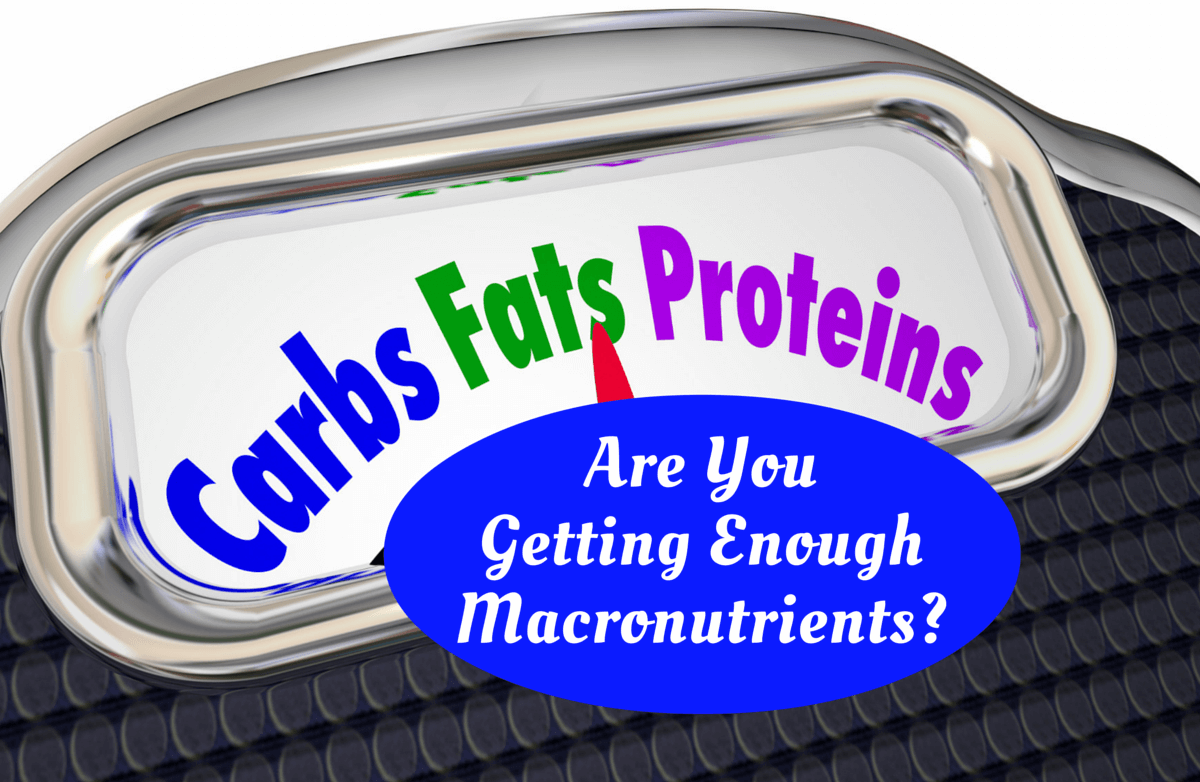|
Previously Stepfanie blogged about the new corn syrup ads released by the Corn Refiners Association, which we're seeing as the CRA attempts to make over the public image of high fructose corn syrup. So I thought it would be worthwhile to take a closer look at the main messages in these commercials. The main messages are:
So are these claims accurate? You can not find HFCS in nature. It is a product that is created by using two natural and one synthetic enzymes. By changing the chemical structure slightly, the fructose content of corn syrup is altered. Two types of HFCS are typically used in food and beverages. HFCS 55 is 55% fructose and 45% glucose. This formula is mostly used in beverages. HFCS 42 is 42% fructose and 58% glucose. This blend is commonly used in baked goods. HFCS 42 is actually higher in glucose than it is in fructose (and table sugar) but fits in this category because of the change in chemical structure that takes place. Sucrose, or table sugar, is a disaccharide made up of 50% glucose and 50% fructose. This could actually be considered a HFCS 50 mix. Although table sugar is not naturally occurring, it is not chemically altered--only refined. Let’s take a closer look at the commercials' claims and accuracy. Has no artificial ingredients The FDA recently declared that HFCS is a natural product. The longstanding policy is that “natural” means that “nothing artificial (including flavors) or synthetic (including color additives) has been included or added to a food that would not normally be expected in the food.” While two of the enzymes used in HFCS production are naturally occurring enzymes, glucose-isomerase is synthetic. As the FDA outlines in its letter, because this synthetic enzyme is not added to HFCS but only passes over it and interacts with glucose to produce fructose, HFCS can be considered natural. However, chemical bonds are broken and rearranged in the manufacturing process, so the question lingers: How can this new product be called natural? . None the less, the CRA was successful in its presentation and succeeded in getting the FDA to reconsider its previous decision related to HFCS and its natural status. Provides the same calories as sugar This is a true and accurate statement. Both HFCS and sugar contribute 4 calories per gram. Just as sugar should be used in moderation and has negative health consequences when it is not, so does HFCS. Is OK to eat in moderation Experts recommend limiting added sugars from all sources to no more than 10%-15% of total calorie intake. This would be about 120 calories (7.5 teaspoons) of sugar in a 1,200-calorie diet. Sugar is sugar, and too much--whether marketed as “natural” or not--can harm your health. Since we can find HFCS in many, many food items, this limiting to this level can be a challenge. Has been endorsed by the AMA and FDA As previously discussed, the FDA found that HFCS could be labeled as natural. This is not an endorsement of its safety but simply a statement about its labeling. As this press release clearly states, the "AMA finds high fructose syrup unlikely to be more harmful to health than other caloric sweeteners." The release goes on to state, “high fructose syrup does not appear to contribute more to obesity than other caloric sweeteners” and called for “further independent research to be done on the health effects of high fructose syrup and other sweeteners.” This hardly sounds like an endorsement. So, why is there a need for the new ads and to improve the image of HFCS? Maybe because after 20 years of HFCS' presence in our food supply, many health professionals and people concerned with what they are eating are asking questions about the long-term effects of HFCS on our health. Perhaps the CRA and the food production industry are concerned about their bottom line. HFCS is cheaper than sugar and lowers production costs. It also acts as a preservative and food stabilizer, so foods made with it can stay on supermarket shelves longer. This reduces the need to mark foods down for quicker sale, thus losing money, or risk suffering a loss if the products spoil. Yes, most likely it is the almighty dollar and not our health or our families' well-being that is at the root of the new ad campaign. Be careful not to be convinced without looking a little deeper. Do you think profits are at the heart of the campaign and the push for continued HFCS use as a substitute for sugar in so many of our foods and beverages? |
More From SparkPeople
|















